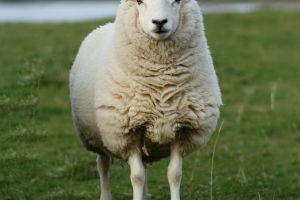Bongo is a type of antelope, belonging to the genus Tragelaphus. It is native to the rainforests of Central and East Africa and is known for its striking appearance and unique behaviors.
The bongo is a large antelope, with males typically weighing between 400-500 pounds, and females weighing between 300-350 pounds.
It is characterized by its deep chestnut coloring, with white stripes running vertically down its sides. Both males and females have long, spiraled horns, with the males' horns being larger and more curved.
One of the most unique aspects of the bongo is its behavior. Unlike many other antelopes, bongos are known for being quite shy and elusive, often hiding in dense forest areas.
They are also known for their habit of rubbing their horns on trees and other objects, which helps to keep them sharp and in good condition.
Bongos are herbivores, and their diet consists mainly of leaves, bark, and fruit.
They can digest tough vegetation thanks to their specialized stomachs, which contain multiple chambers to break down food.
Unfortunately, bongos are facing several threats in the wild.
Habitat loss due to deforestation is a major issue, as is hunting, both for bushmeat and for their impressive horns.
In addition, bongos are susceptible to diseases such as rinderpest, which can wipe out entire populations.
Conservation efforts are underway to help protect the bongo.
In many areas, wildlife reserves have been established to provide a haven for bongos and other endangered species.
In addition, anti-poaching measures are being put in place to help prevent the illegal hunting of these animals.
One of the most successful conservation efforts for the bongo has been the establishment of captive breeding programs.
These programs help to ensure that there is a healthy population of bongos in captivity, which can then be reintroduced into the wild.
In some cases, captive-bred bongos have been successfully reintroduced into the wild, helping to boost wild populations.
The bongo is a fascinating and unique species of antelope.
Its striking appearance and elusive behavior make it a favorite among wildlife enthusiasts, while its threats in the wild make it an important species to protect.
With continued conservation efforts, it is possible that the bongo can be saved from extinction and continue to thrive in its native habitats.


